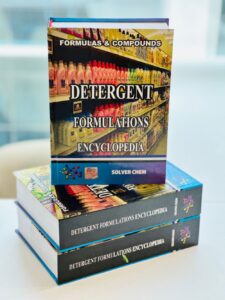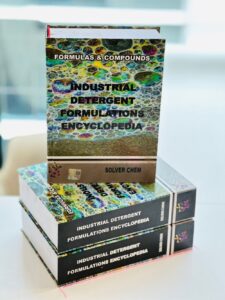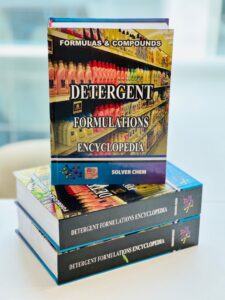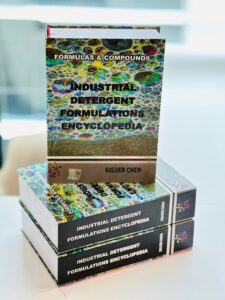
 🪶 Fabric Softeners – Production, Formulation and Properties
🪶 Fabric Softeners – Production, Formulation and Properties
Overview:
Fabric Softeners are specialized laundry care formulations designed to improve fabric softness, reduce static electricity, and enhance fragrance retention after washing.
They work by depositing cationic conditioning agents onto fabric fibers, forming a thin lubricating layer that reduces friction and gives textiles a smooth, silky feel.
In addition to softness, modern softeners provide long-lasting freshness, color protection, and easier ironing performance.
The manufacturing of fabric softeners can be achieved by either cold process or hot process, depending on the type of conditioning agent used.
The two primary chemical bases are Quartamin-based and Esterquat-based systems, each offering unique advantages in cost, performance, and biodegradability.
Types of Fabric Softeners (Based on Process and Base Type):
-
Cold Process Softeners (Quartamin-Based)
-
Use traditional cationic surfactants that disperse at room temperature.
-
Ideal for economical and fast production.
-
Provide good softness and antistatic performance, suitable for everyday laundry products.
-
-
Hot Process Softeners (Quartamin-Based)
-
Require heating and controlled mixing for better dispersion of active ingredients.
-
Offer higher stability and performance in concentrated formulations.
-
Commonly used in premium fabric care applications.
-
-
Hot Process Softeners (Esterquat-Based)
-
Represent the next generation of biodegradable softeners.
-
Derived from vegetable-based raw materials, they combine excellent softening power with environmental safety.
-
Provide superior re-wettability, softness, and fragrance retention on both cotton and synthetic fabrics.
-
-
Economic Fabric Softeners
-
Produced by adjusting active content and emulsifier ratios to reduce costs.
-
Maintain basic softening performance with lower production expenses.
-
Common in mass-market fabric care products.
-
Production and Formulation:
The production process involves emulsifying cationic actives (such as quartamin or esterquat compounds) with water, stabilizers, and fragrance under agitation.
Depending on the chosen process (cold or hot), the steps may include heating, mixing, and homogenizing to achieve a stable and smooth emulsion.
Colorants and perfumes are added in the final stage to improve appearance and scent.
Focus areas in formulation design include:
-
Stability control (preventing separation or viscosity loss)
-
pH adjustment for fabric safety
-
Optimized fragrance dispersion
-
Compatibility with detergents and washing conditions
Properties:
-
Form: Opaque or milky liquid
-
pH Range: 3.5–5.5 (mildly acidic)
-
Viscosity: Medium to high, depending on concentration
-
Fragrance Retention: Excellent
-
Softness Level: High (Quartamin) to superior (Esterquat)
-
Biodegradability: High for esterquat-based types
-
Compatibility: Safe for cotton, wool, and synthetics
-
Usage: 30–60 mL per wash (depending on product strength)
Advantages:
-
Provides exceptional fabric softness and smooth touch
-
Reduces static cling and wrinkling
-
Enhances fragrance longevity and color brightness
-
Improves ironing ease and wear comfort
-
Available in eco-friendly biodegradable options
-
Adaptable to various production scales and market needs
Summary:
Fabric Softeners have evolved from simple conditioning agents to advanced multifunctional textile care solutions.
With both Quartamin-based traditional systems and Esterquat-based eco-friendly technologies, manufacturers can tailor formulations for different markets and performance goals.
Whether produced by cold or hot process, these softeners continue to define modern laundry comfort, fragrance experience, and sustainable fabric care innovation.


